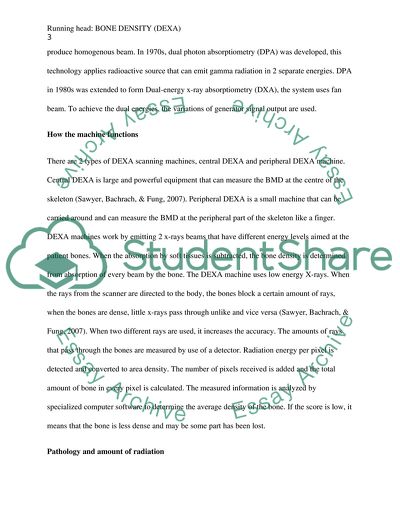Cite this document
(Bone Density (DEXA) Research Paper Example | Topics and Well Written Essays - 1250 words, n.d.)
Bone Density (DEXA) Research Paper Example | Topics and Well Written Essays - 1250 words. https://studentshare.org/medical-science/1816233-bone-density-dexa
Bone Density (DEXA) Research Paper Example | Topics and Well Written Essays - 1250 words. https://studentshare.org/medical-science/1816233-bone-density-dexa
(Bone Density (DEXA) Research Paper Example | Topics and Well Written Essays - 1250 Words)
Bone Density (DEXA) Research Paper Example | Topics and Well Written Essays - 1250 Words. https://studentshare.org/medical-science/1816233-bone-density-dexa.
Bone Density (DEXA) Research Paper Example | Topics and Well Written Essays - 1250 Words. https://studentshare.org/medical-science/1816233-bone-density-dexa.
“Bone Density (DEXA) Research Paper Example | Topics and Well Written Essays - 1250 Words”. https://studentshare.org/medical-science/1816233-bone-density-dexa.


